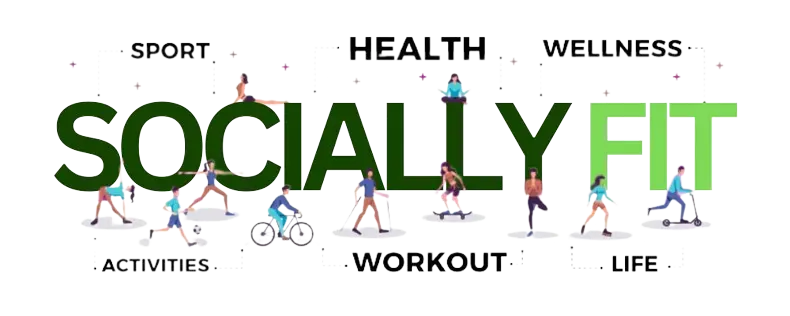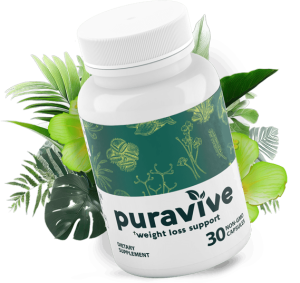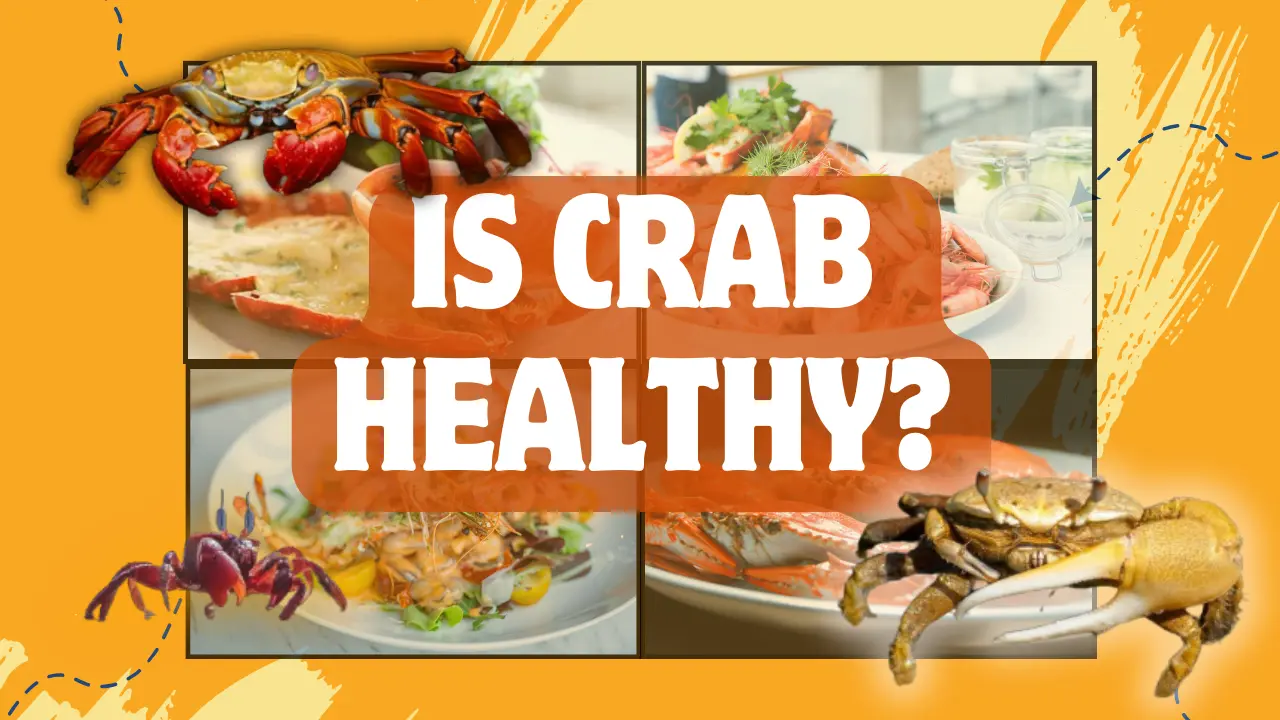is crab meat healthy? Is Imitation Crab Healthy? Exploring the Nutritional Benefits and Risks. Crab, often enjoyed as a delicacy. Is not only delicious but also packs a punch when it comes to nutritional value. Exploring the health benefits and potential risks associated with crab consumption can provide valuable insights into its role in a balanced diet.
Why Crab is Healthy?

| Aspect | Elaboration |
|---|---|
| Nutritional Content | Crab is a nutritious seafood option, rich in high-quality protein, omega-3 fatty acids, vitamins, and minerals. It provides essential nutrients such as vitamin B12, zinc, selenium, and phosphorus, supporting overall health and well-being. |
| Protein Content | Crab is a excellent source of protein, essential for muscle repair and growth. It helps in maintaining lean muscle mass and supports various bodily functions. |
| Omega-3 Fatty Acids | Crab contains omega-3 fatty acids, which are beneficial for heart health, reducing inflammation, and supporting brain function. |
| Cholesterol Levels | While crab contains cholesterol, it is relatively low in saturated fat, making it a heart-healthy choice when consumed in moderation. |
| Mercury Content | Crab is generally low in mercury, making it a safe seafood choice for most individuals, including pregnant women and children. |
| Sodium Content | The sodium content in crab varies depending on the preparation method. Fresh crab is naturally low in sodium, but certain crab dishes may contain added salt or sauces, increasing sodium levels. It’s essential to be mindful of sodium intake and opt for healthier cooking methods. |
| Allergen Information | Crab may pose a risk of allergic reactions in individuals with shellfish allergies. It’s crucial to exercise caution and avoid crab consumption if allergic. |
Tips for Enjoying Crab in a Healthy Way:
- Choose Fresh Crab:
Opt for fresh crab whenever possible to ensure quality and flavor. - Select Healthier Preparations:
Use cooking methods like steaming, boiling, or grilling to retain nutrients without adding extra calories or unhealthy fats. - Monitor Sodium Intake:
Be mindful of sodium levels in crab dishes, opting for low-sodium varieties or rinsing excess salt before consumption. - Pair with Nutrient-Rich Foods:
Serve crab with fresh vegetables, whole grains, and healthy fats to enhance its nutritional value and create balanced meals. - Practice Portion Control:
Enjoy crab in moderation, aiming for appropriate portion sizes to avoid overconsumption of cholesterol and sodium.
Analysis:
Crab emerges as a highly nutritious seafood option. It offers a wide array of health benefits such as being a rich source of protein, vitamins, and minerals. It is low in saturated fat and cholesterol, making it a heart-healthy choice when consumed in moderation. However, individuals should be cautious of sodium levels in certain crab preparations. Consider their dietary considerations when enjoying crab as part of a balanced diet. By following tips for healthy crab consumption and making informed choices. Individuals can reap the nutritional benefits of crab while promoting overall health and well-being.
is crab meat healthy
Nutritional Value of Crab
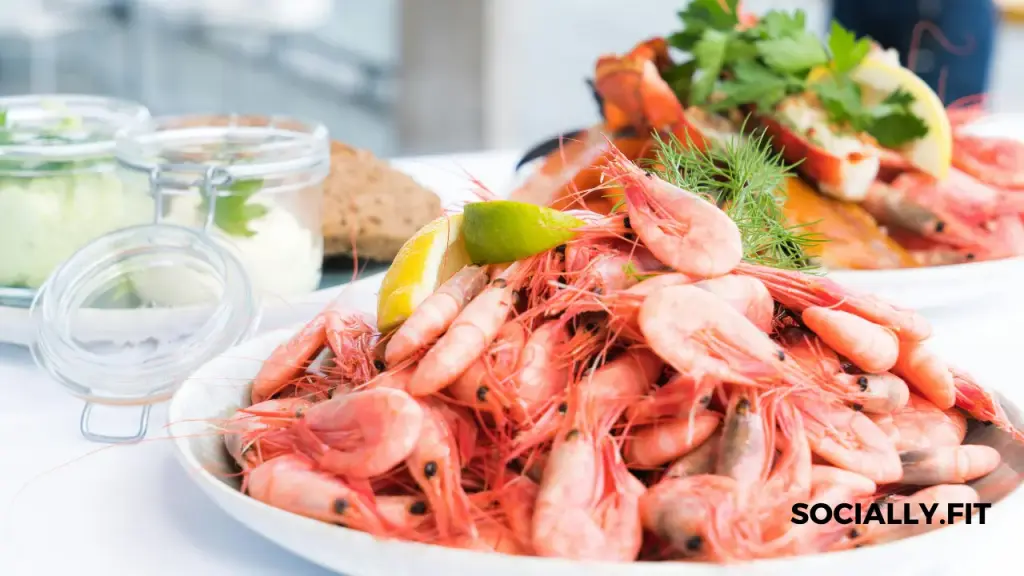
10 Tips to Maximize the Nutritional Value of Crab
- Choose Fresh Crab:
Opt for fresh crab whenever possible to ensure maximum nutritional benefits and flavor. - Steam or Boil:
When cooking crab, steam or boil it instead of frying. This retain its natural nutrients without adding extra calories or unhealthy fats. - Remove Excess Fat:
Before consumption, remove any visible fat or innards from the crab to reduce intake of unhealthy fats and calories. - Pair with Vegetables:
Serve crab with a side of steamed vegetables to increase the overall nutritional content of your meal. Also add fiber, vitamins, and minerals. - Season Lightly:
Avoid heavy sauces or excessive seasoning, which can mask the natural flavor of crab and add unnecessary calories and sodium. - Incorporate Whole Grains:
Serve crab alongside whole grains like brown rice or quinoa to create a balanced meal with complex nutrients. - Go Easy on Condiments:
Limit the use of condiments like mayonnaise or butter. This can add extra calories and saturated fats to your crab dish. - Add Herbs and Spices:
Enhance the flavor of crab with fresh herbs and spices like parsley, garlic, lemon zest, or chili flakes. This adds taste without extra calories. - Opt for Shellfish:
Choose shell-on crab whenever possible, as the shells contain valuable nutrients like calcium and chitin, which may have health benefits. - Control Portion Sizes:
Enjoy crab in moderation to avoid overconsumption of cholesterol and sodium. Aiming for appropriate portion sizes to maintain a balanced diet.
is crab meat healthy
Is Imitation Crab Healthy?

| Aspect | Imitation Crab |
|---|---|
| Nutritional Content | Lower in protein and omega-3 fatty acids compared to real crab. Typically contains added starches, sugars, and artificial flavors. |
| Cholesterol | Generally cholesterol-free, making it suitable for those watching their cholesterol intake. |
| Mercury Content | Does not contain mercury, as it is typically made from a blend of fish such as pollock and starches. |
| Sodium Content | Can be high in sodium due to added flavorings and preservatives. |
| Allergen Information | May contain allergens such as gluten, soy, or shellfish derivatives. Individuals with allergies should check labels carefully. |
Is Imitation Crab Healthy
5 Tips for Choosing and Using Imitation Crab:
- Check Ingredients: Read labels carefully to understand the ingredients used in imitation crab products, avoiding those with excessive additives or allergens.
- Monitor Sodium Intake: Be mindful of sodium levels in imitation crab, opting for low-sodium varieties or rinsing excess salt before use.
- Incorporate in Moderation: Enjoy imitation crab as part of a balanced diet, using it occasionally as a substitute for real crab rather than a staple food.
- Pair with Nutritious Ingredients: Combine imitation crab with fresh vegetables, whole grains, and healthy fats to enhance its nutritional value and create balanced meals.
- Choose Healthier Preparations: Opt for healthier cooking methods such as steaming or baking when using imitation crab, avoiding excessive frying or heavy sauces.
Is Imitation Crab Healthy
Analysis:
While imitation crab offers convenience and affordability, it falls short in terms of nutritional value compared to real crab. With lower protein and omega-3 fatty acid content and the addition of starches and artificial flavors, it may not provide the same health benefits as authentic crab. However, it is a suitable alternative for those looking to avoid cholesterol and mercury, and it can still be enjoyed in moderation as part of a balanced diet. By making informed choices, monitoring sodium intake, and incorporating imitation crab in healthier preparations, individuals can still enjoy its taste while maintaining overall health.
Is Imitation Crab Healthy
Is Crab meat healthy?
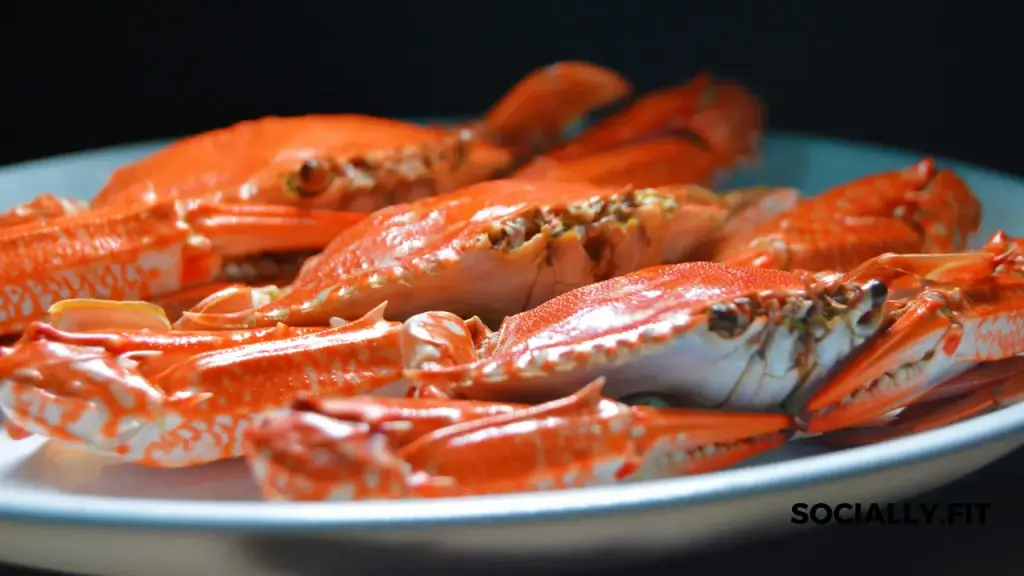
Crab meat is indeed healthy, offering numerous nutritional benefits. It is a rich source of high-quality protein, essential for muscle repair and growth. Additionally, crab meat contains omega-3 fatty acids, which are beneficial for heart health and brain function. These fatty acids help reduce inflammation, lower levels of bad cholesterol (LDL), and support cognitive health.
Moreover, crab meat is low in calories and saturated fat, making it a suitable option for those looking to maintain a healthy weight or reduce their intake of unhealthy fats. It also provides essential vitamins and minerals, including vitamin B12, zinc, selenium, and phosphorus, which play vital roles in various bodily functions such as immune support, metabolism, and bone health.
Furthermore, crab meat is versatile and can be incorporated into a wide range of dishes, from salads and soups to pasta and stir-fries, adding flavor and nutrients to meals. However, individuals with shellfish allergies or specific dietary restrictions should exercise caution and consult with a healthcare professional before consuming crab meat.
Overall, when enjoyed as part of a balanced diet, crab meat can contribute to overall health and well-being, providing valuable nutrients and delicious taste without compromising on nutritional value.
is crab meat healthy
Health Benefits of Crab

- Rich in Protein: Crab is a high-protein food, essential for muscle repair and growth, aiding in the development and maintenance of lean muscle mass.
- Source of Omega-3 Fatty Acids: Crab contains omega-3 fatty acids, which are beneficial for heart health, reducing inflammation, and supporting brain function.
- Promotes Heart Health: The omega-3 fatty acids in crab help lower levels of LDL (bad) cholesterol and triglycerides, reducing the risk of heart disease and stroke.
- Boosts Brain Function: Crab is rich in vitamin B12, crucial for neurological function and cognitive health, aiding in memory retention and overall brain function.
- Supports Bone Health: Crab is a good source of calcium and phosphorus, essential minerals for maintaining strong and healthy bones, reducing the risk of osteoporosis.
- Enhances Immune Function: The vitamins and minerals found in crab, including vitamin C, zinc, and selenium, help support immune function, protecting the body against infections and illnesses.
- Aids in Weight Management: Crab is low in calories and fat but high in protein, making it a filling and satisfying option for those looking to manage their weight or support weight loss goals.
- Improves Skin Health: The antioxidants present in crab, such as selenium, help protect the skin from damage caused by free radicals, promoting a youthful complexion and overall skin health.
is crab meat healthy
Crab vs. Lobster vs. Shrimp vs. Fish vs Chicken
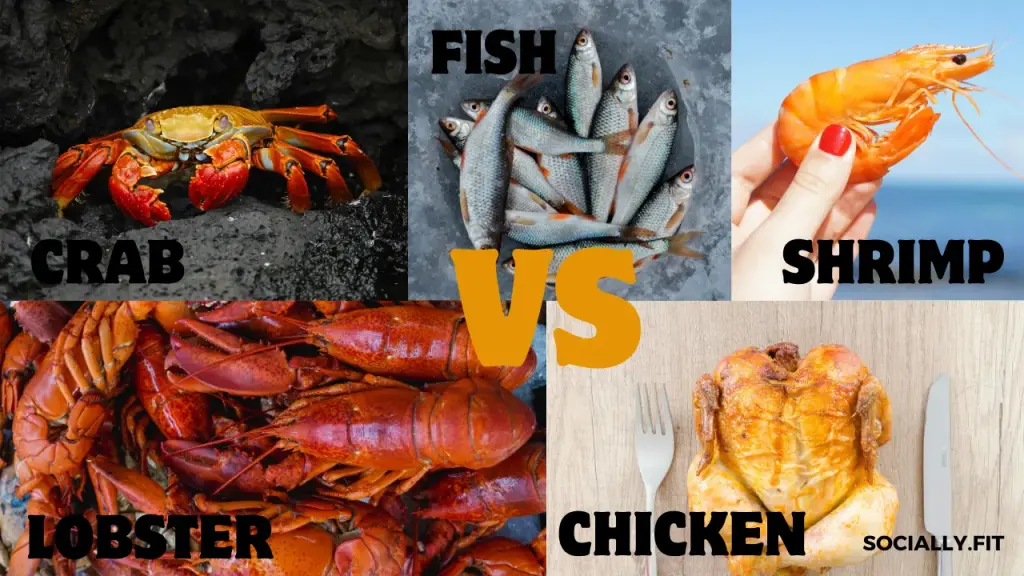
| Aspect | Crab | Lobster | Shrimp | Fish | Chicken |
|---|---|---|---|---|---|
| Protein Content | High protein content, essential for muscle repair and growth. | Rich source of protein, aiding in muscle development and repair. | Provides moderate protein, supporting muscle health and function. | Good source of protein, crucial for muscle maintenance and growth. | High in protein, important for muscle development and overall health. |
| Omega-3 Fatty Acids | Contains omega-3 fatty acids, beneficial for heart health and brain function. | Contains omega-3 fatty acids, supporting heart and brain health. | Contains omega-3 fatty acids, promoting heart health and cognitive function. | Rich in omega-3 fatty acids, supporting heart health and cognitive function. | Minimal omega-3 fatty acids compared to seafood options, but still a good protein source. |
| Cholesterol Levels | Contains cholesterol, but relatively low in saturated fat, making it heart-healthy in moderation. | Contains cholesterol, but low in saturated fat, suitable for heart health when consumed in moderation. | Contains minimal cholesterol, making it a heart-healthy choice. | Contains cholesterol, but low in saturated fat, contributing to heart health when part of a balanced diet. | Contains cholesterol, but when consumed in moderation and without the skin, it can be a part of a heart-healthy diet. |
| Mercury Content | Generally low in mercury, making it a safe seafood choice for most individuals. | Generally low in mercury, making it a safe seafood choice for most individuals. | Generally low in mercury, making it a safe seafood choice for most individuals. | Mercury levels vary by species, but many fish options are low in mercury and safe for consumption. | Free from mercury, making it a safe protein option for all individuals. |
Is Imitation Crab Healthy
Risks and Considerations
- Allergies to Crab:
Discuss the potential risk of allergic reactions to crab, ranging from mild itching to severe anaphylaxis, and advise on proper management and avoidance strategies. - Mercury Content:
Highlight the risk of mercury exposure in certain crab species, especially for pregnant women and young children, and provide recommendations for safe consumption practices. - Sodium Content:
Address the concern of high sodium content in certain crab preparations, which can contribute to hypertension and other health issues, and suggest ways to limit sodium intake. - Shellfish Cross-Contamination:
Explain the risk of cross-contamination with other shellfish allergens in crab processing facilities or restaurants and advise individuals with shellfish allergies to exercise caution. - Potential Foodborne Illnesses:
Discuss the risk of foodborne illnesses associated with improperly handled or undercooked crab, such as Vibrio infections, and emphasize the importance of proper cooking and storage methods. - Environmental Contaminants:
Address the concern of environmental contaminants, such as pollutants and microplastics, in crab habitats and their potential impact on human health through consumption. - Cholesterol Levels:
Acknowledge the presence of cholesterol in crab and its potential impact on cholesterol levels in individuals with specific dietary restrictions or health conditions, such as cardiovascular disease. - Overconsumption and Moderation:
Emphasize the importance of moderation in crab consumption to avoid potential adverse effects of excessive intake, such as increased sodium intake or mercury exposure.
is crab meat healthy
Cooking and Consumption Tips for Crab

- Choose Fresh Crab:
Opt for fresh crab whenever possible to ensure quality and flavor in your dishes. - Select the Right Cooking Method:
Consider steaming, boiling, or grilling crab for healthier preparation methods that preserve its natural taste and nutrients. - Avoid Overcooking:
Be cautious not to overcook crab, as it can become tough and lose its delicate texture and flavor. - Use Seasonal Ingredients:
Incorporate seasonal herbs, spices, and vegetables to enhance the flavor of crab dishes and add variety to your meals. - Experiment with Flavors:
Try different flavor combinations, such as garlic butter, lemon zest, or chili flakes, to create unique and delicious crab recipes. - Serve with Healthy Sides:
Pair crab with nutritious sides like steamed vegetables, whole grains, or fresh salads to create a well-balanced and satisfying meal. - Mindful Portion Sizes: Practice portion control when enjoying crab to avoid overeating and maintain a balanced diet.
- Practice Safe Handling:
Follow proper hygiene practices when handling raw crab, including washing hands and surfaces thoroughly to prevent foodborne illnesses. - Explore Different Dishes:
Get creative with crab by trying various recipes, such as crab cakes, crab salad, or crab soup, to discover new flavors and textures. - Enjoy in Moderation:
While crab offers numerous health benefits, consume it in moderation as part of a varied diet to ensure overall balance and wellness.
Is Imitation Crab Healthy
Conclusion
In conclusion, crab emerges as a highly nutritious seafood choice, offering a plethora of health benefits such as being a rich source of protein, omega-3 fatty acids, and essential vitamins and minerals. While it contains cholesterol, it is relatively low in saturated fat, making it a heart-healthy option when consumed in moderation. However, individuals should be mindful of potential risks such as allergies, mercury exposure, and high sodium content in certain preparations. By incorporating crab into a balanced diet and following proper cooking and consumption practices, individuals can enjoy its delicious flavor and reap its numerous health benefits.


Is Imitation Crab Healthy
FAQ
Q1. Is crab high in cholesterol?
A. Yes, crab contains cholesterol, but it is relatively low in saturated fat, making it a heart-healthy choice when consumed in moderation.
Q2. Can crab be eaten during pregnancy?
A. Yes, crab can be safely consumed during pregnancy as part of a well-balanced diet. However, pregnant women should avoid high-mercury crab species and opt for smaller varieties.
Q3. How often can crab be consumed?
A. Crab can be enjoyed as part of a healthy diet in moderation. Aiming for 2-3 servings per week to reap its nutritional benefits without exceeding recommended seafood intake guidelines.
Q4. Is crab safe for people with diabetes?
A. Yes, crab can be included in a diabetic-friendly diet as it is low in carbohydrates and high in protein. However, portion control is essential to manage blood sugar levels effectively.
Q5. Are there any risks associated with eating crab?
A. While crab offers numerous health benefits, potential risks include allergic reactions, mercury exposure, and high sodium content in certain preparations. It’s crucial to consume crab mindfully and be aware of individual health considerations.
Is Imitation Crab Healthy
